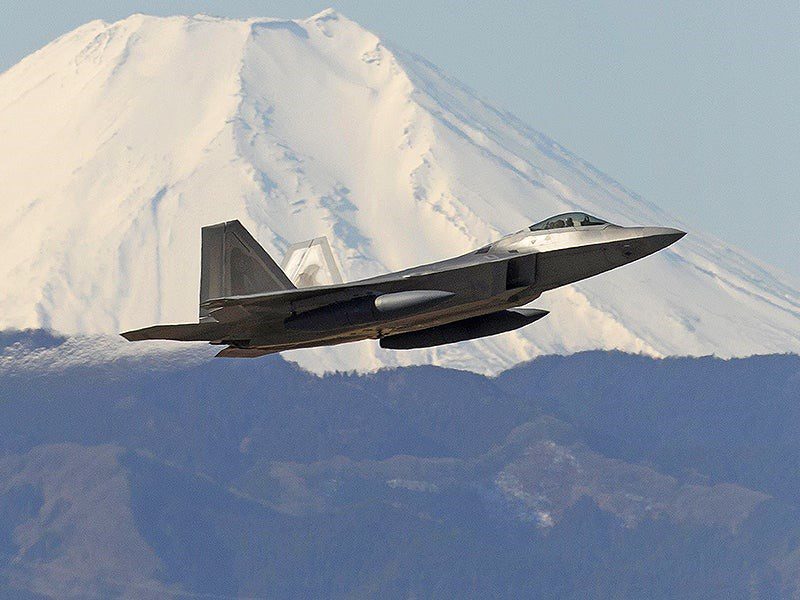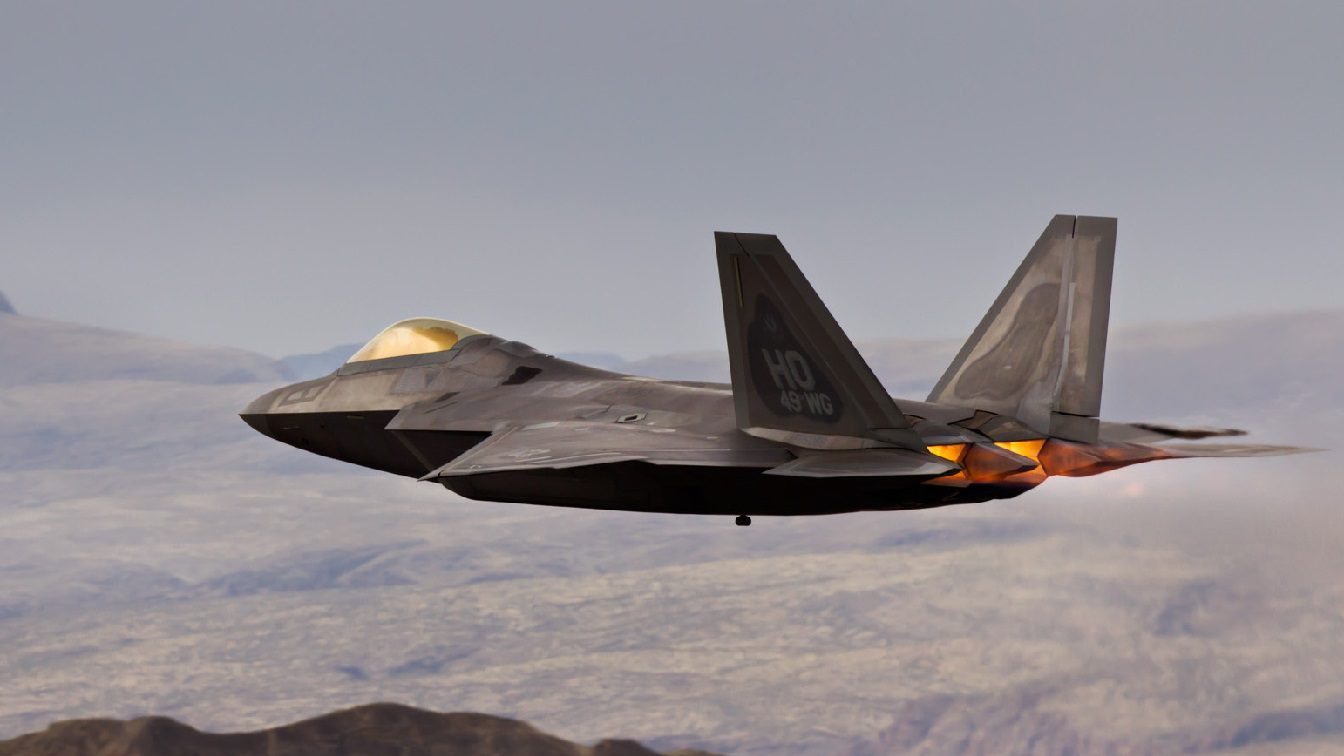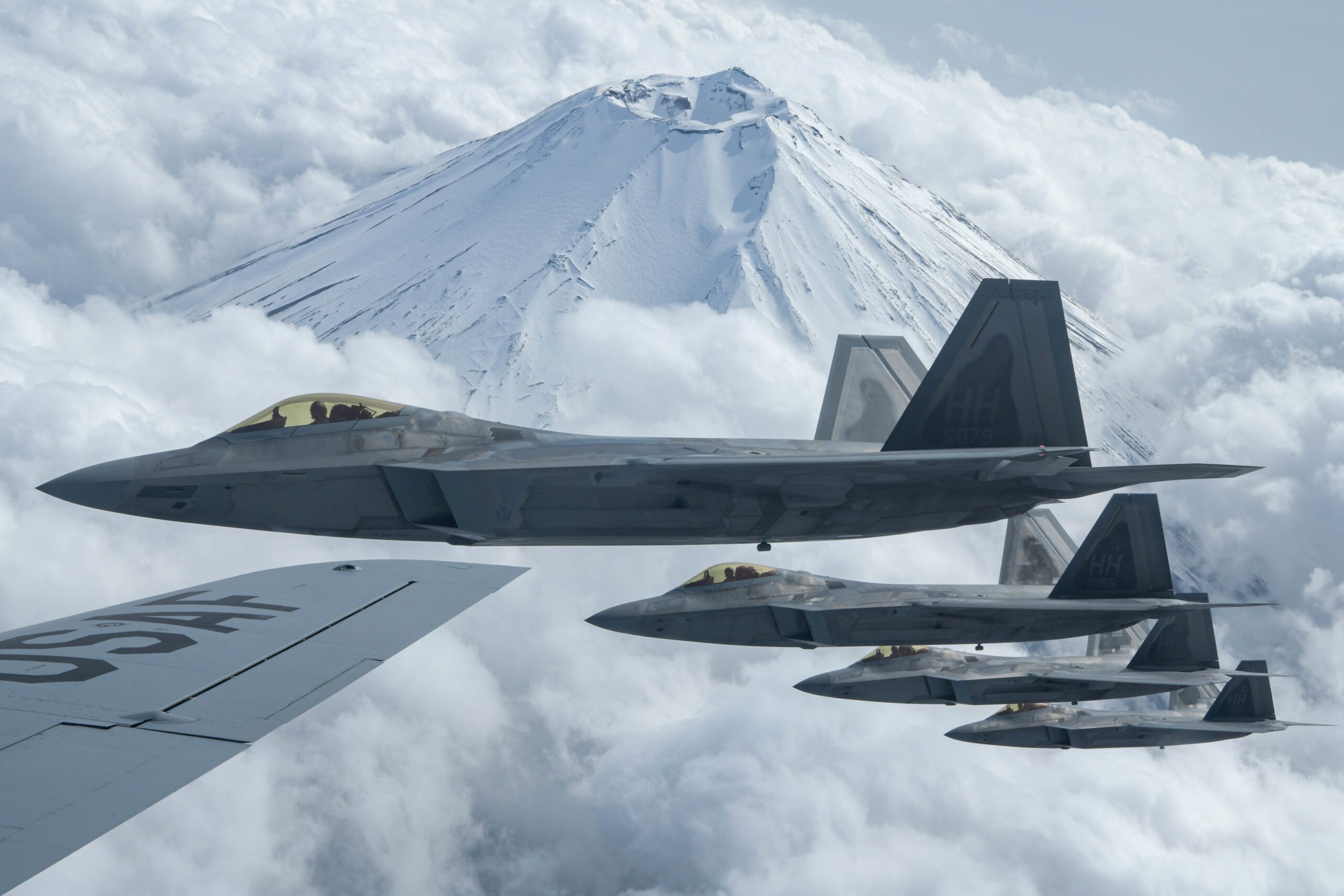The production of the F-22 Raptor ended in 2011. Several influential individuals continued to advocate for the program’s revival a few years later, but it never returned to active production.
A variety of interconnected factors contributed to the final decision years ago not to restart F-22 production. The US Air Force leadership cited insufficient funding, despite numerous lawmakers and military officials calling for a significant resumption of the F-22 program to bolster the size of the Air Force’s fleet.
The F-22 was hailed as the first air superiority platform of its kind when it debuted in 2005. The current fleet consists of 169 F-22s, but there were plans for a much larger number of stealthy Raptors. Unexpectedly, F-22 production was halted during the peak of the US military’s counterinsurgency efforts in Iraq and Afghanistan.

At that time, the focus on counterterrorism and counterinsurgency activities overshadowed the possibility of a major power conflict and the increasing threat from China and Russia. Perhaps there was an excessive emphasis on short-term concerns rather than a longer-term assessment that would have recognized China’s emerging long-term threat.
The F-22 Raptor is a fifth-generation, single-seat, twin-engine, all-weather stealth tactical fighter aircraft designed for air superiority and ground attack missions. It features advanced avionics, sensors that provide exceptional situational awareness, and a suite of weapons capable of engaging targets beyond visual range.
The F-22’s engines are capable of supercruising, enabling sustained supersonic speeds without afterburners, and its stealth design minimizes radar detection. With advanced fly-by-wire controls and a thrust-vectoring system, the aircraft exhibits high maneuverability and can perform precise, tight turns. The F-22 is widely regarded as one of the world’s most advanced fighter jets, capable of dominating the skies in any engagement.

In hindsight, if the F-22 production line had not been terminated prematurely, we would have had a significantly larger and more formidable fleet, posing a greater risk to our adversaries. Reflecting on the Iraq and Afghanistan era, many Pentagon officials and weapons developers consider the decision to halt F-22 production a major mistake.
Was the debate over resuming production an attempt to rectify this error? Were budgetary concerns truly the primary reason? One plausible explanation is that, at the time the decision was made not to restart F-22 production, the progress of 6th generation aircraft was unknown.

The Next Generation Air Dominance (NGAD) program will replace the F-22. NGAD is a US Air Force initiative aimed at developing a new fighter aircraft to replace the aging F-22 Raptors and F-15 Eagles. It is being designed to provide air superiority in contested environments against advanced threats, featuring enhanced survivability, range, and payload capabilities.
The program is expected to incorporate advanced technologies, including artificial intelligence, directed energy weapons, and hypersonic weapons. While the specific details of NGAD are classified, it is known that it will be designed for interoperability with other advanced weapons systems and will prioritize low observability to minimize radar detection.

Importantly, when the decisions regarding the resumption of F-22 production were made, the progress of the 6th generation aircraft was rapidly advancing and held great promise. This aligns with the fact that the Next Generation Air Dominance (NGAD) program is envisioned more as a replacement for the F-22 rather than a similar aircraft to the F-35. For instance, a new stealthy, high-speed 6th-generation air supremacy fighter could complement the continuously upgraded multi-role F-35s.